A cosmic jet aimed at Earth reveals how blazars hurl particles to extreme energies, solving a long-standing mystery.
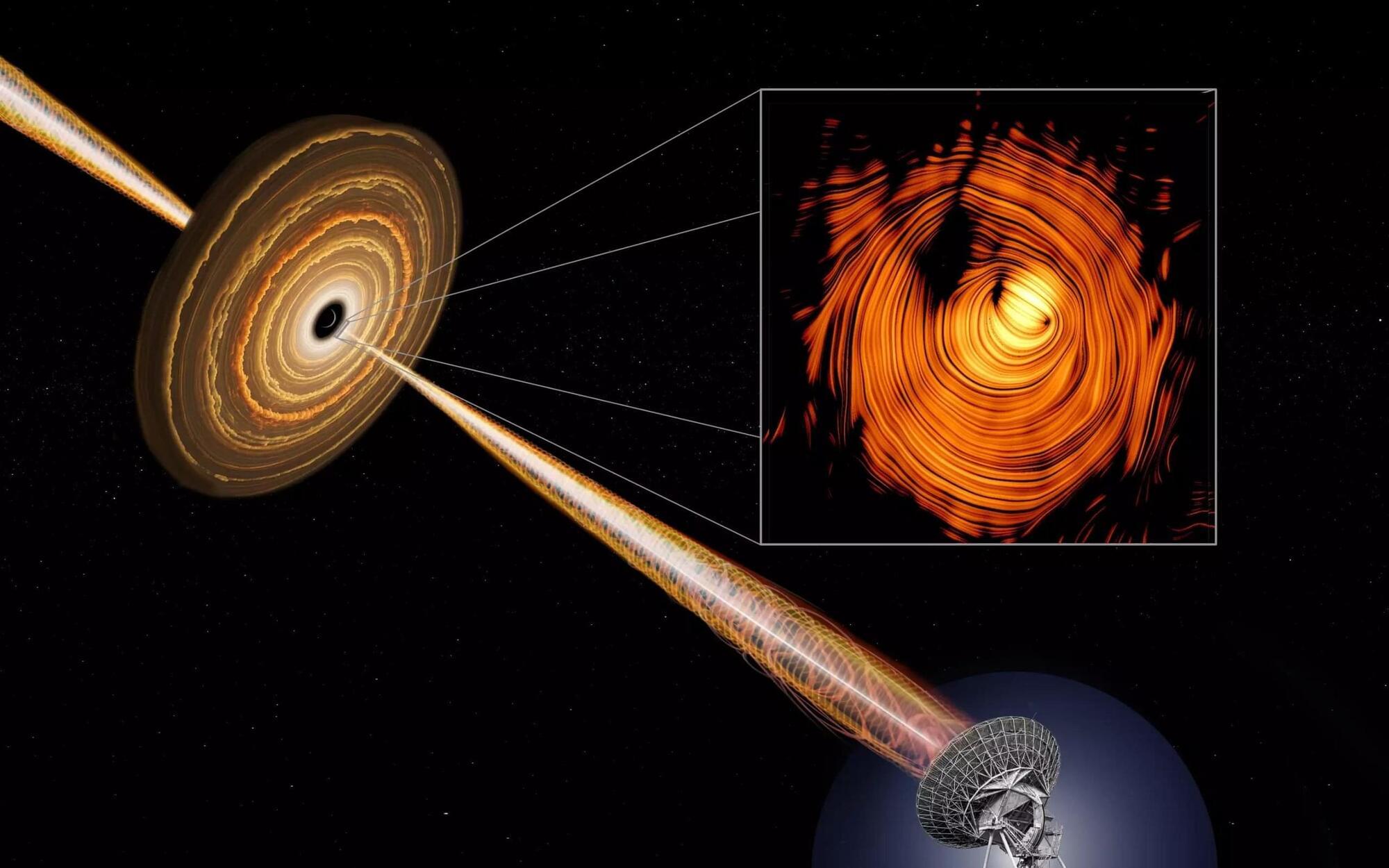

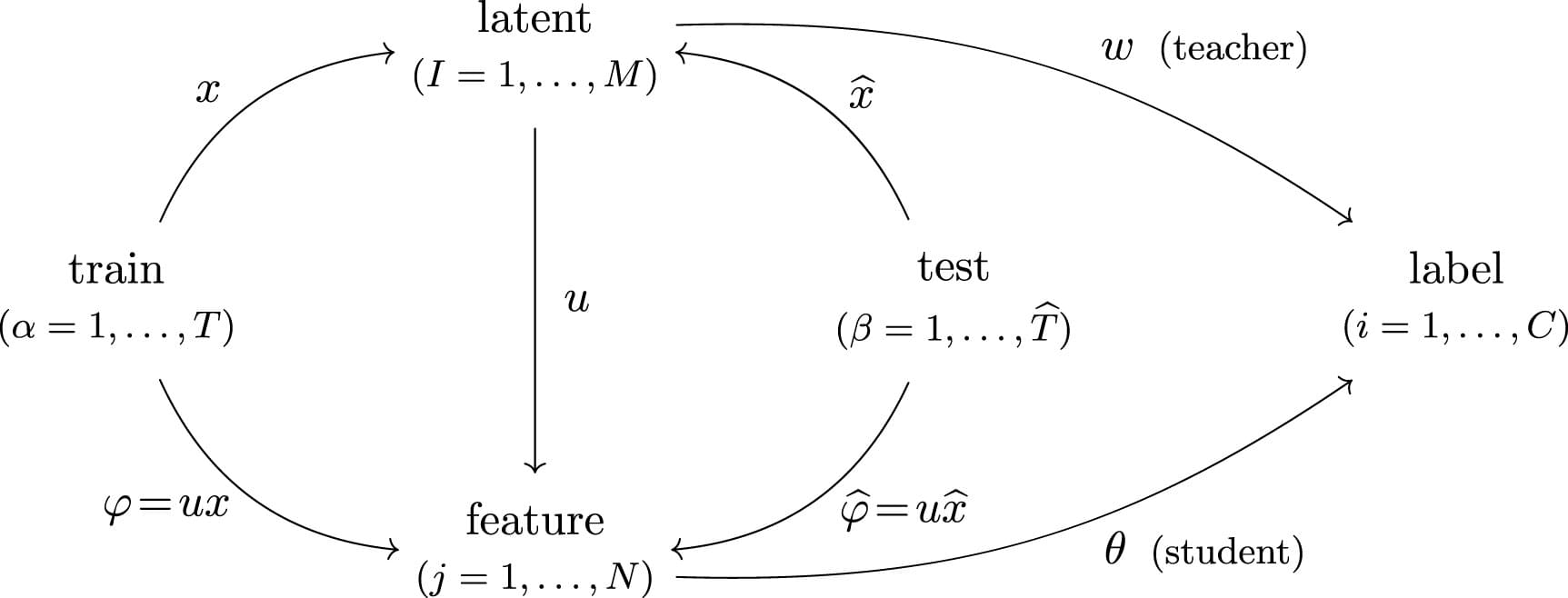
From self-driving cars to facial recognition, modern life is growing more dependent on machine learning, a type of artificial intelligence (AI) that learns from datasets without explicit programming.
Despite its omnipresence in society, we’re just beginning to understand the mechanisms driving the technology. In a recent study, Zhengkang (Kevin) Zhang, assistant professor in the University of Utah’s Department of Physics & Astronomy, demonstrated how physicists can play an important role in unraveling its mysteries.
“People used to say machine learning is a black box—you input a lot of data and at some point, it reasons and speaks and makes decisions like humans do. It feels like magic because we don’t really know how it works,” said Zhang. “Now that we’re using AI across many critical sectors of society, we have to understand what our machine learning models are really doing—why something works or why something doesn’t work.”

High-purity multi-photon states are essential for photonic quantum computing. Among existing platforms, semiconductor quantum dots offer a promising route to scalable and deterministic multi-photon state generation. However, to fully realize their potential we require a suitable optical excitation method. Current approaches of multi-photon generation rely on active polarization-switching elements (e.g., electro-optic modulators, EOMs) to spatio-temporally demultiplex single photons. Yet, the achievable multi-photon rate is fundamentally limited by the switching speed of the EOM. Here, we introduce a fully passive demultiplexing technique that leverages a stimulated two-photon excitation process to achieve switching rates that are only limited by the quantum dot lifetime. We demonstrate this method by generating two-photon states from a single quantum dot without requiring any active switching elements. Our approach significantly reduces the cost of demultiplexing while shifting it to the excitation stage, enabling loss-free demultiplexing and effectively doubling the achievable multi-photon generation rate when combined with existing active demultiplexing techniques.
I Introduction.
Photonic quantum computing offers a unique advantage over other quantum platforms due to the long coherence time of photons, enabling robust quantum communication, quantum information processing, and quantum simulations. A critical requirement for these applications is the reliable generation of high-purity multi-photon states, i.e., nn indistinguishable photons in nn spatial modes – which serve as fundamental building blocks for quantum algorithms, error correction, quantum simulations, and advanced photonic networks. Multi-photon states are also essential for probing quantum optical phenomena such as multi-photon interference. The most widely used sources to produce multi-photon quantum states are the ones relying on parametric down-conversion or four wave mixing in nonlinear crystals. However, the scalability here is limited, due to the probabilistic nature of photon emission and the required resource overhead for computing and boson sampling applications.
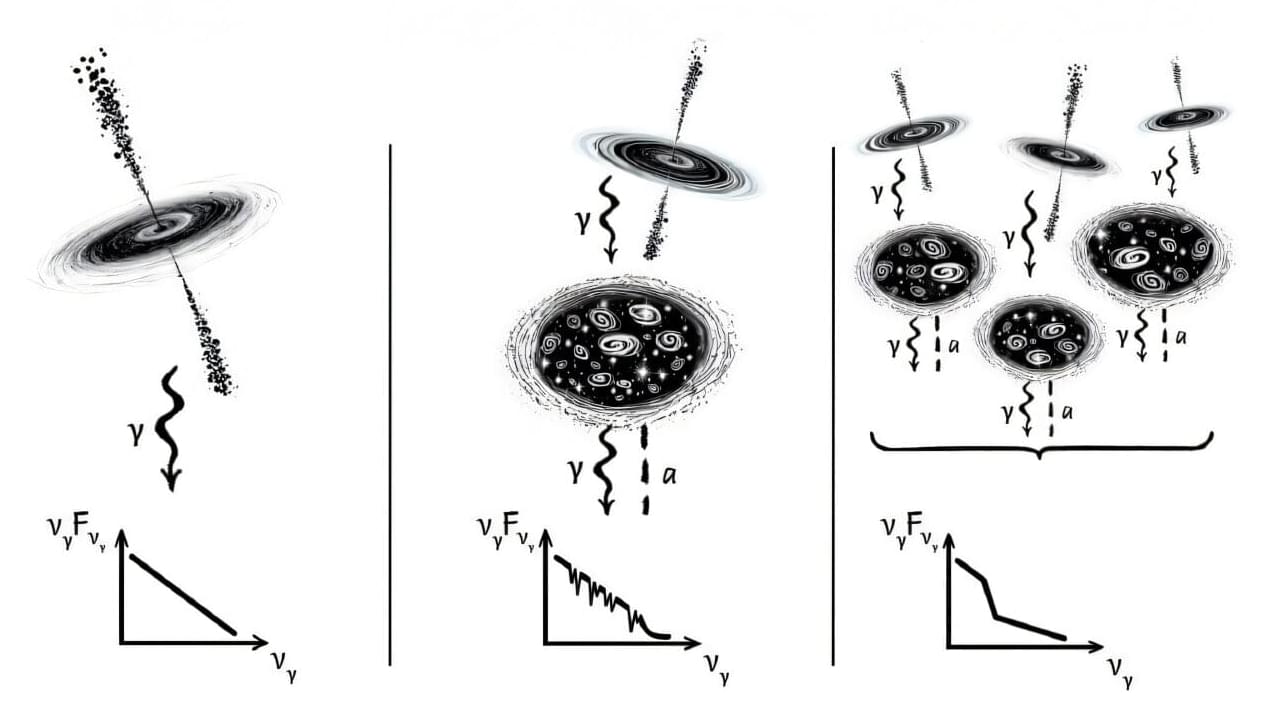

The reliable engineering of quantum states, particularly those involving several particles, is central to the development of various quantum technologies, including quantum computers, sensors and communication systems. These collective quantum states include so-called Dicke and Greenberger-Horne-Zeilinger (GHZ) states, multipartite entangled states that can be leveraged to collect precise measurements, to correct errors made by quantum computers and to enable communication between remote devices leveraging quantum mechanical effects.
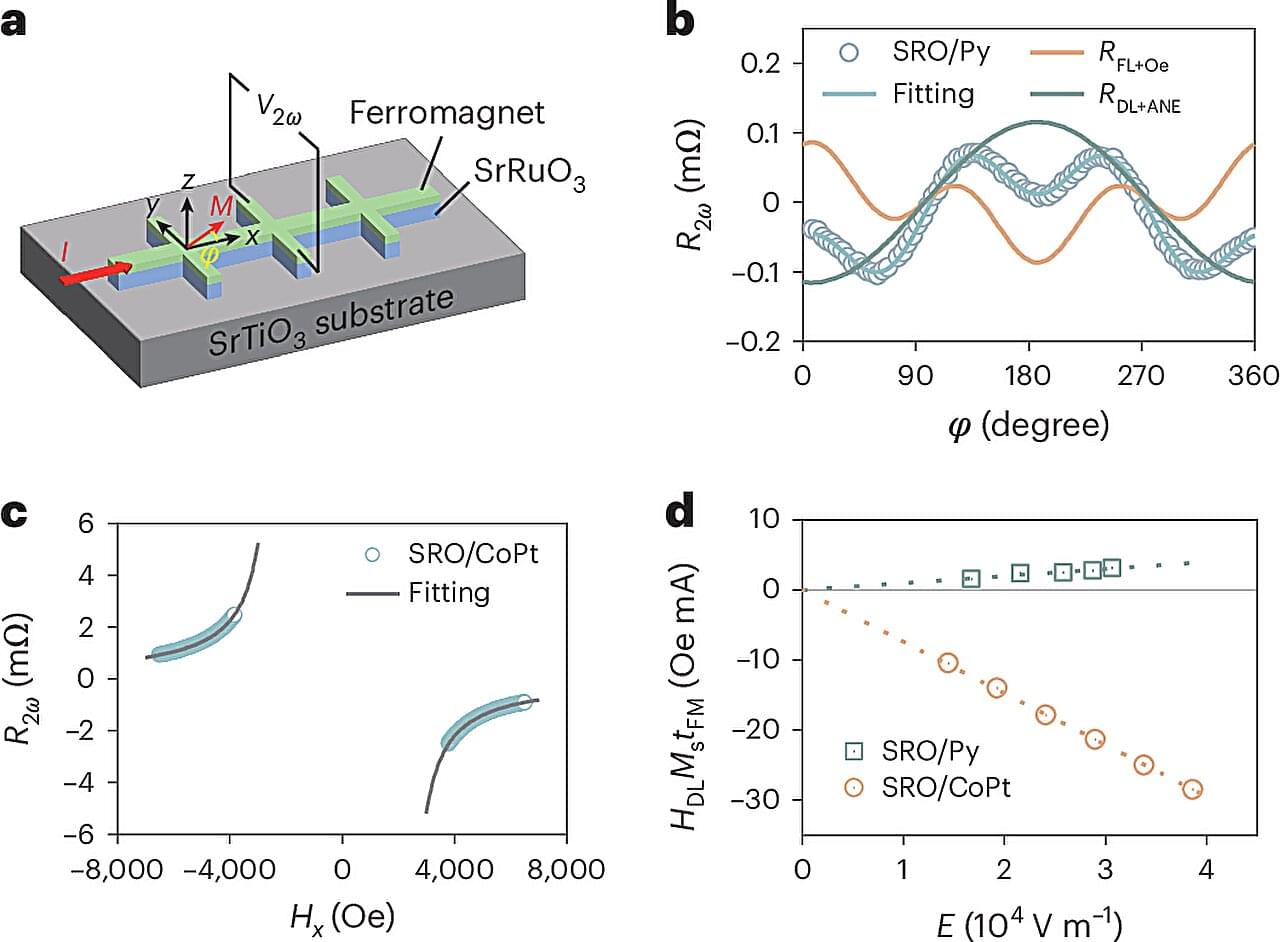
Scientists have turned a longstanding challenge in electronics—material defects—into a quantum-enhanced solution, paving the way for new-generation ultra-low-power spintronic devices. Spintronics, short for “spin electronics,” is a field of technology that aims to go beyond the limits of conventional electronics.
Traditional devices rely only on the electric charge of electrons to store and process information. Spintronics takes advantage of two additional quantum properties: spin angular momentum, which can be imagined as a built-in “up” or “down” orientation of the electron, and orbital angular momentum, which describes how electrons move around atomic nuclei.
By using these extra degrees of freedom, spintronic devices can store more data in smaller spaces, operate faster, consume less energy, and retain information even when the power is switched off.

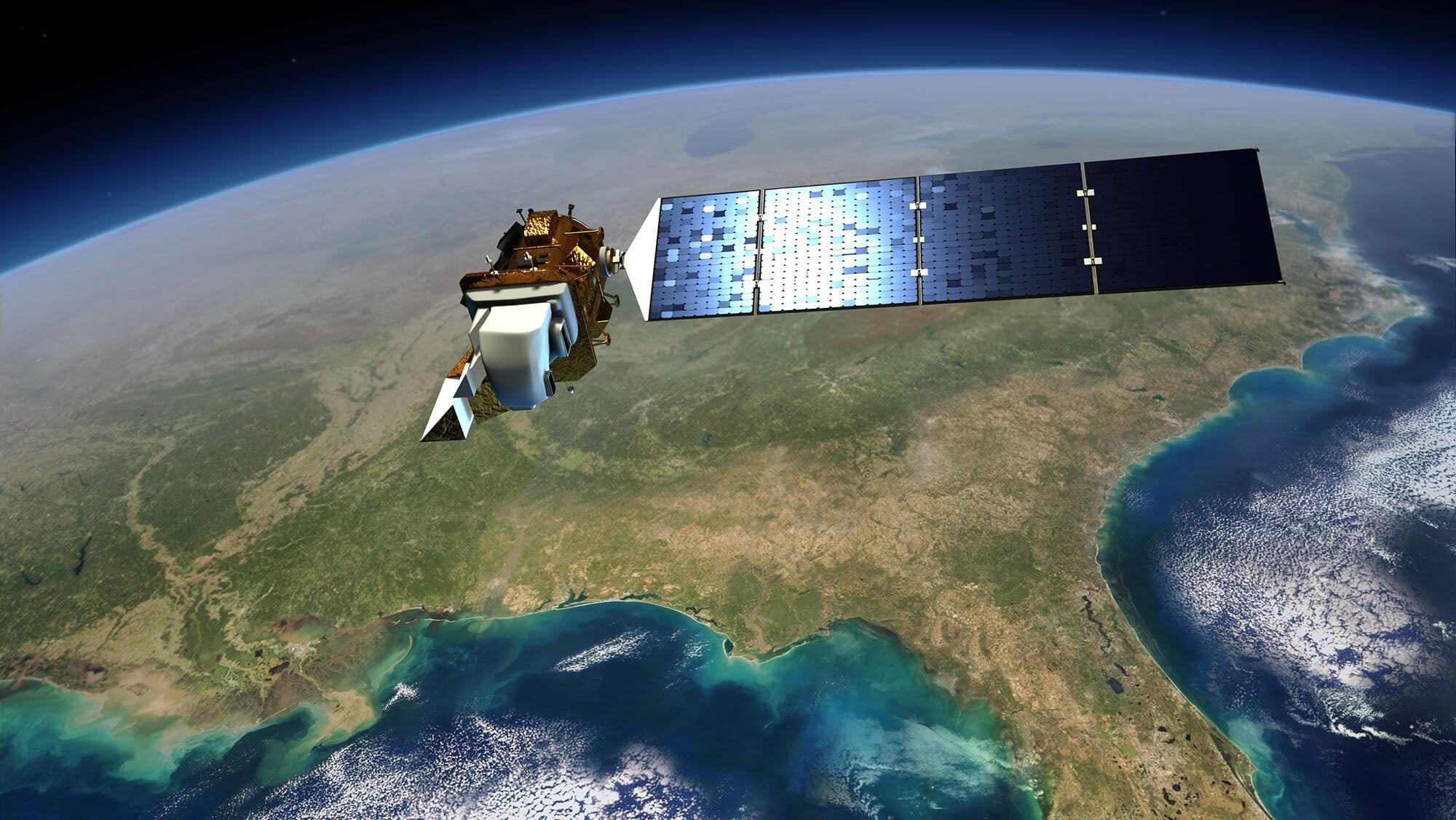
Rising concentrations of carbon dioxide in the upper atmosphere will change the way geomagnetic storms impact Earth, with potential implications for thousands of orbiting satellites, according to new research led by scientists at the U.S. National Science Foundation National Center for Atmospheric Research (NSF NCAR).
Geomagnetic storms, caused by massive eruptions of charged particles from the surface of the sun that buffet Earth’s atmosphere, are a growing challenge for our technologically dependent society. The storms temporarily increase the density of the upper atmosphere and therefore the drag on satellites, which impacts their speed, altitude, and how long they remain operational.
The new study used an advanced computer model to determine that the upper atmosphere’s density will be lower during a future geomagnetic storm compared with a present-day storm of the same intensity. That’s because the baseline density will be lower, and future storms won’t increase it to levels as high as what occurs with storms currently.

Just as overlapping ripples on a pond can amplify or cancel each other out, waves of many kinds — including light, sound and atomic vibrations — can interfere with one another. At the quantum level, this kind of interference powers high-precision sensors and could be harnessed for quantum computing.
In a new study published in Science Advances, researchers at Rice University and collaborators have demonstrated a strong form of interference between phonons — the vibrations in a material’s structure that constitute the tiniest units, or quanta, of heat or sound in that system. The phenomenon where two phonons with different frequency distributions interfere with each other, known as Fano resonance, was two orders of magnitude greater than any previously reported.
“While this phenomenon is well-studied for particles like electrons and photons, interference between phonons has been much less explored,” said Kunyan Zhang, a former postdoctoral researcher at Rice and first author on the study. “That is a missed opportunity, since phonons can maintain their wave behavior for a long time, making them promising for stable, high-performance devices.”
Rice researchers have demonstrated a form of quantum interference two orders of magnitude greater than any previously reported.

In everyday life, continuously doing work on a system is found to heat it up. Rubbing your hands together warms them. Hammering a piece of metal makes it hot. Even without knowing the equations, we learn from experience: driving any system, whether by stirring, pressing, or striking, leads to a rise in the system’s temperature.
The same expectation holds for microscopic quantum systems: when we continuously excite a many-particle system, especially one with strong particle-particle interactions, we expect it to absorb energy and to heat up. But is this always the case, in particular at the quantum level?
No, says an experiment carried out by a team from Hanns-Christoph Nägerl’s group at the Department of Experimental Physics of the University of Innsbruck. The research has been published in Science.